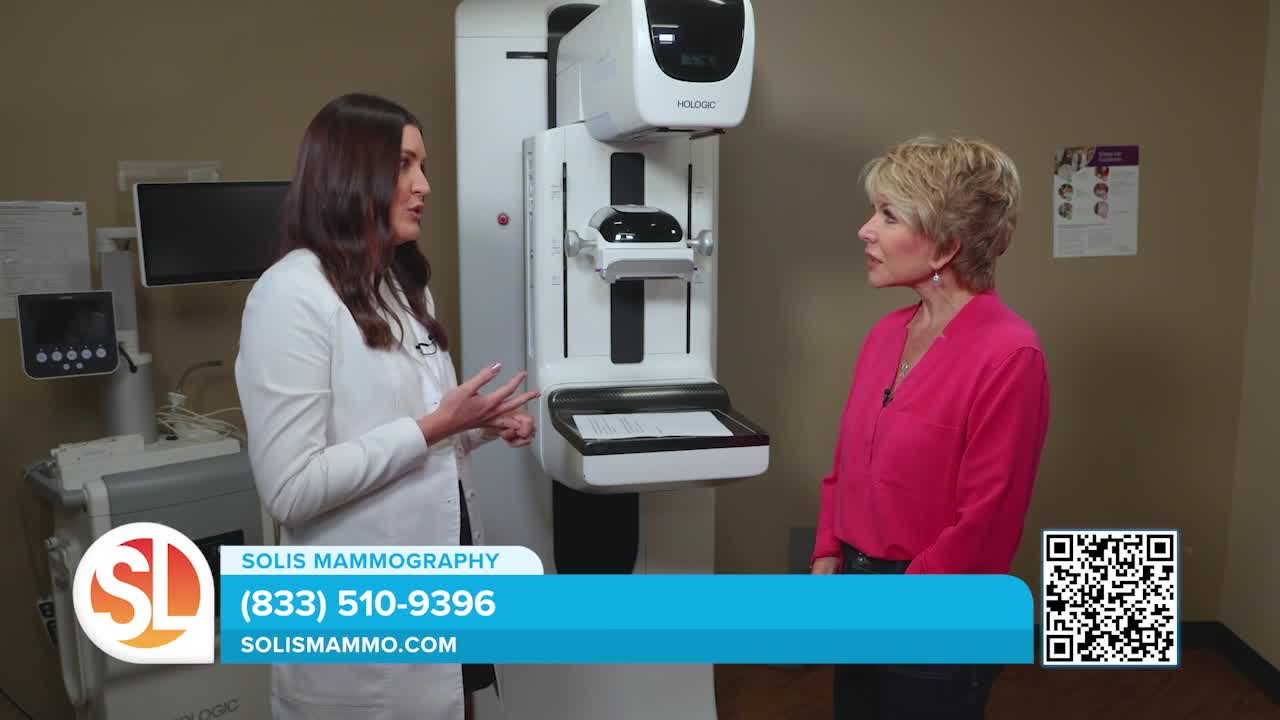Solis Mammography is a paid sponsor of Sonoran Living
1 in 8 women will develop breast cancer in their lifetime. That’s why breast health education and annual screening mammograms are crucial when it comes to early detection of breast cancer. Although breast cancer is not preventable, early detection leads to an almost 100% cure rate.
Solis Mammography, the nation’s largest independent provider of specialized breast health services has been dedicated to the early detection of breast cancer for nearly 40 years. For the month of October, in honor of Breast Cancer Awareness Month, Solis Mammography wants to encourage women to put themselves first when it comes to their breast health.
By combining AI-integrated 3D mammography with a singular focus on breast imaging, the radiologists at Solis Mammography are able to find breast cancers at their earliest stages. And when breast cancer is detected early, that means early intervention, more treatment options and ultimately, better outcomes.
Typically, conversations around breast health don’t start until women begin getting annual mammograms at the age of 40. But with rising incidence rates of breast cancer in younger women, Solis Mammography is advocating for women to start thinking about their breast health before 40 and to consider getting a baseline screening mammogram between the ages of 35 and 39.
A baseline screening mammogram is an initial breast screening that gives insight into your current breast health and provides a baseline image to compare with future screening results.
Here are some essential steps to better breast health for women under 40:
Age 20: Know your normal
• Begin monthly breast self-exams to find out what’s normal for you. More than 80% of young women with breast cancer find it themselves. If you feel something, contact your physician.
Age 25: Know your risk factors
• Partner with your physician and have a breast cancer risk assessment performed no later than age 25. This will determine when you will start getting mammograms and if genetic testing is recommended.
• Know which family members, on both sides of your family, have been diagnosed with breast, ovarian, prostate and other types of cancer, and at what age they were diagnosed. Share with your physician.
Age 35-39: Know your baseline
• Annual mammograms for women with average risk should begin at 40. But your first mammogram, also known as a baseline mammogram, doesn’t have to wait until 40. If you are 35 to 39, consider getting a baseline screening mammogram to learn your breast density and get insight into your current breast health. Chat with your physician about getting a baseline mammogram and check your insurance coverage.
Remember, an annual screening mammogram provides the best chance of catching breast cancer early, when it’s easier to cure – and early detection saves lives. To book an appointment at Solis Mammography, visit www.SolisMammo.com.



